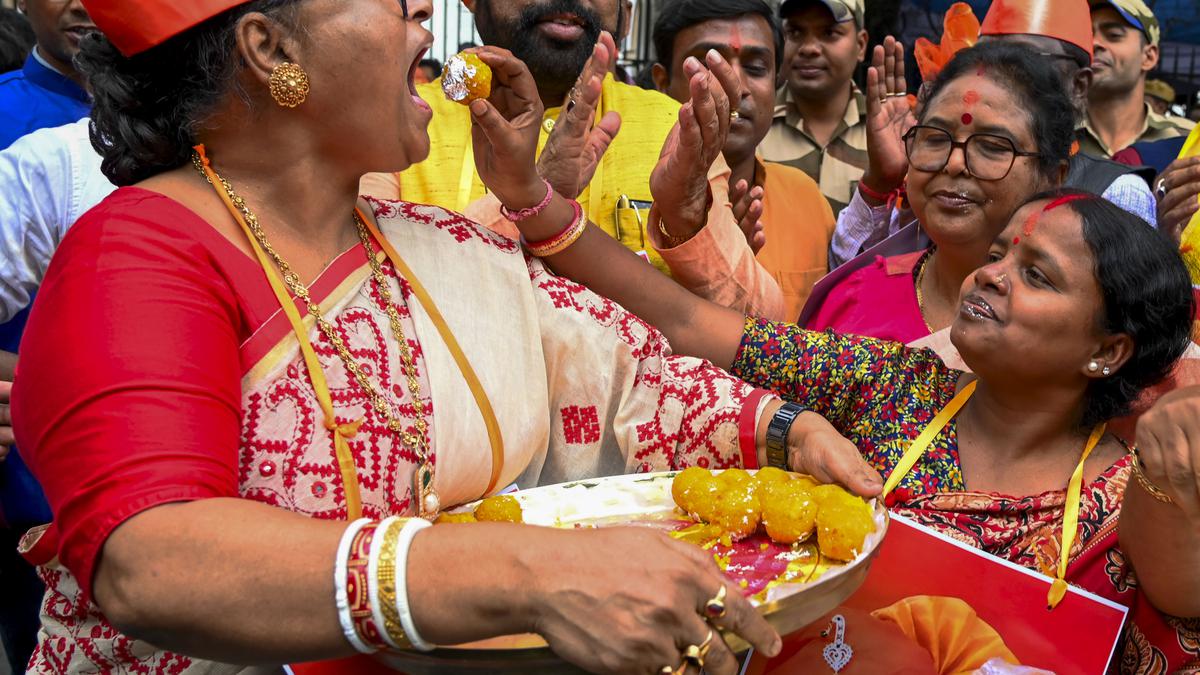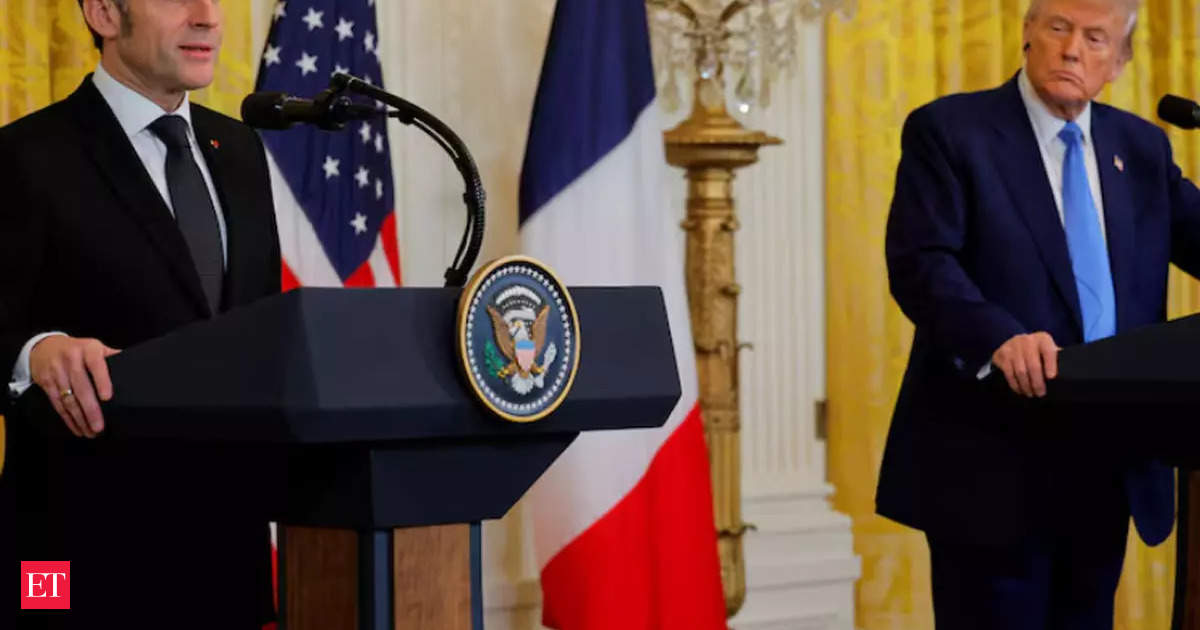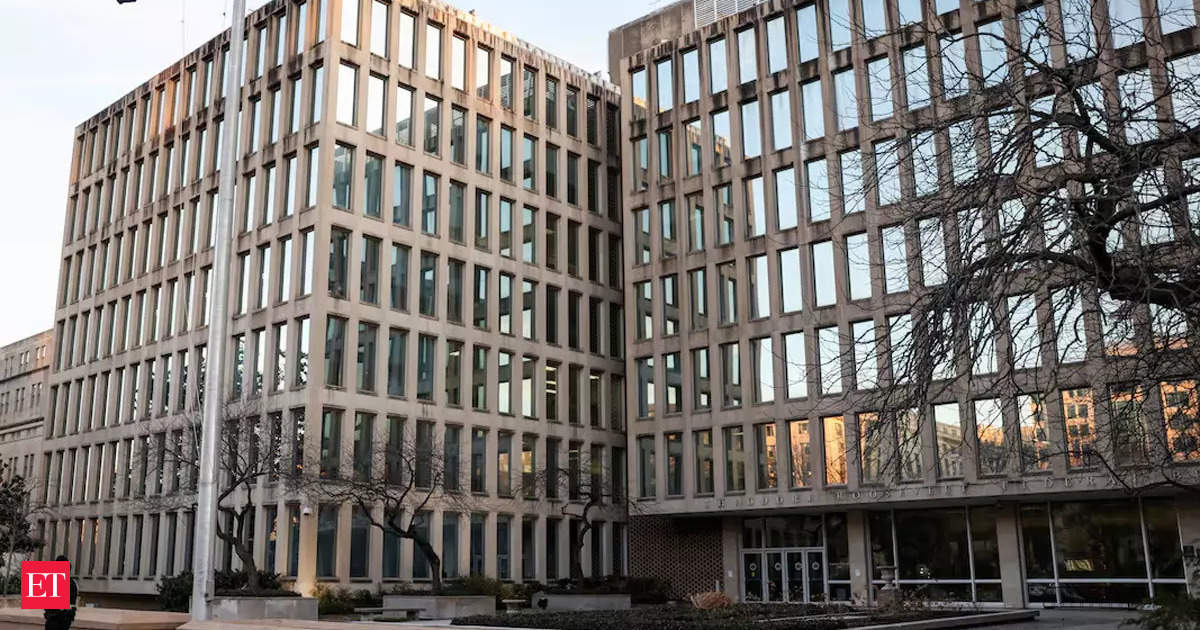During last month’s Assembly elections, 37% of voters in Rajasthan decided whom they would vote for at the last minute, according to responses to the Lokniti-CSDS survey in the State to understand voting behaviour.
Significantly, close to half (48%) of the last-minute deciders voted for the Congress. Without their decisions in the final moments before voting, the party’s final tally could have gone down even further. The BJP got a relatively lower share of votes (35%) from this group (Table 1).
The survey also found that fewer than one in five voters (18%) made their voting choice after getting to know about the competing candidates. On the other hand, 11% made their decision during the course of the election campaign. This once again reiterates the importance of electoral campaigns for swaying a significant section of voters. After all, campaigns are one of the most potent instruments that political parties have to win the support of the electorate.
In Rajasthan, among the ways that the major political parties tried to reach out to voters was by calling them over the phone, through SMS, and other internet-based messaging platforms like WhatsApp. While the Congress managed to reach two-thirds (67%) of the voters using this mode, two out of five of this group (42%) voted for the BJP. In contrast, the BJP’s campaign calls and messages reached a little over half the voters (56%), of whom almost half (47%) voted for the BJP (Table 2).
Both the Congress and the BJP also tried to approach voters by visiting them in their homes. Using door-to-door campaigning, the Congress managed to visit a higher number of voters (69%) compared to the BJP. However, those visited by the Congress tended to split their votes almost equally between the Congress and the BJP. In contrast, among those visited by the BJP, 45% also voted for the party, while 39% voted for the Congress.
One of the major features of the Congress’ campaign in Rajasthan was its Seven Guarantees Yatra. It had a satisfactory reach as more than half (54%) of the voters were aware of it (Table 3). Among these, 47% voted for the Congress, while 35% sided with the BJP.
Finally, campaigns also provide a platform for star leaders to demonstrate their charisma in a bid to attract voters towards their respective parties. Former party chief Rahul Gandhi was one of those who led the charge for the Congress. His participation in the campaign influenced the vote choice of more than one out of every five voters (22%). Among Congress voters, one-third were influenced by his campaign (32%) (Table 4).
The BJP’s campaign was led by Prime Minister Narendra Modi. Close to two-thirds (62%) of those who voted for the BJP would have continued to do so irrespective of whether Mr. Modi campaigned or not. (Table 5). What is, however, crucial to note is that almost a quarter (24%) of BJP voters would have chosen another party had the Prime Minister not been the face of the party’s campaign. Rajasthan’s campaign trail thus left its mark on a considerable section of voters as they made up their minds about whom to vote for.
(Abhinav P. Borbora is a researcher at Lokniti CSDS and Dr. Manoj Rajguru is the Head of Department, Department of Political Science, Vidya Bhawan Rural Institute in Udaipur, Rajasthan)











